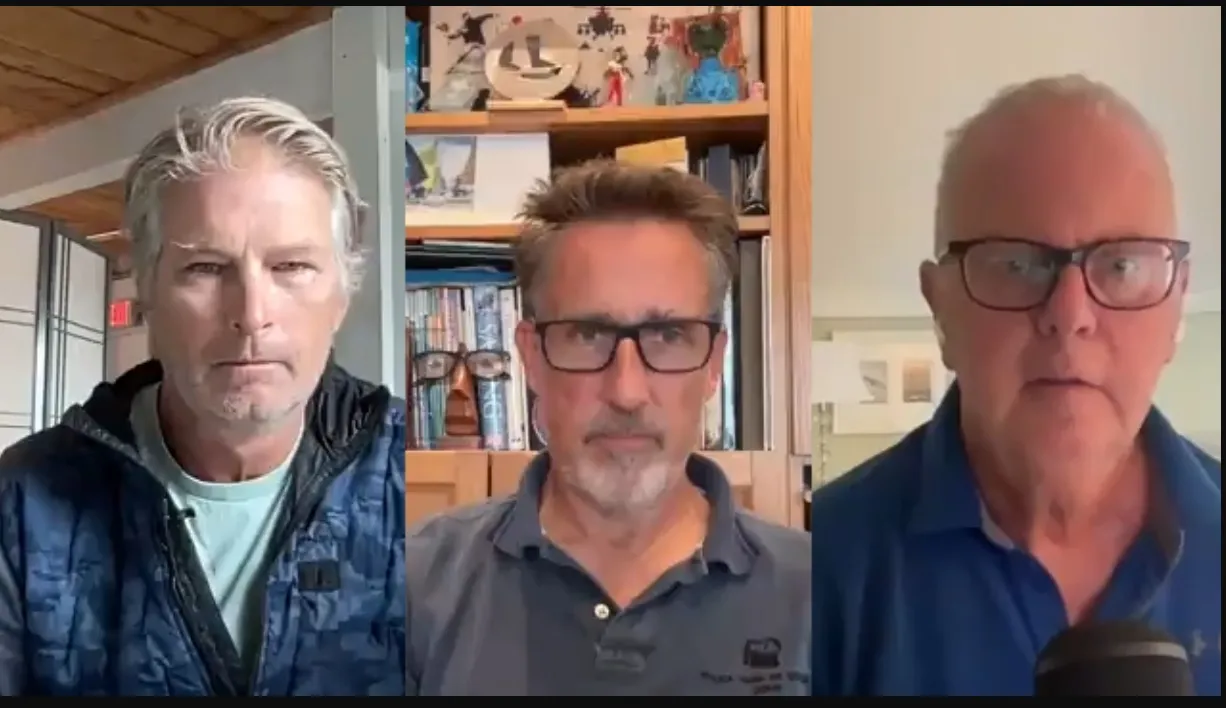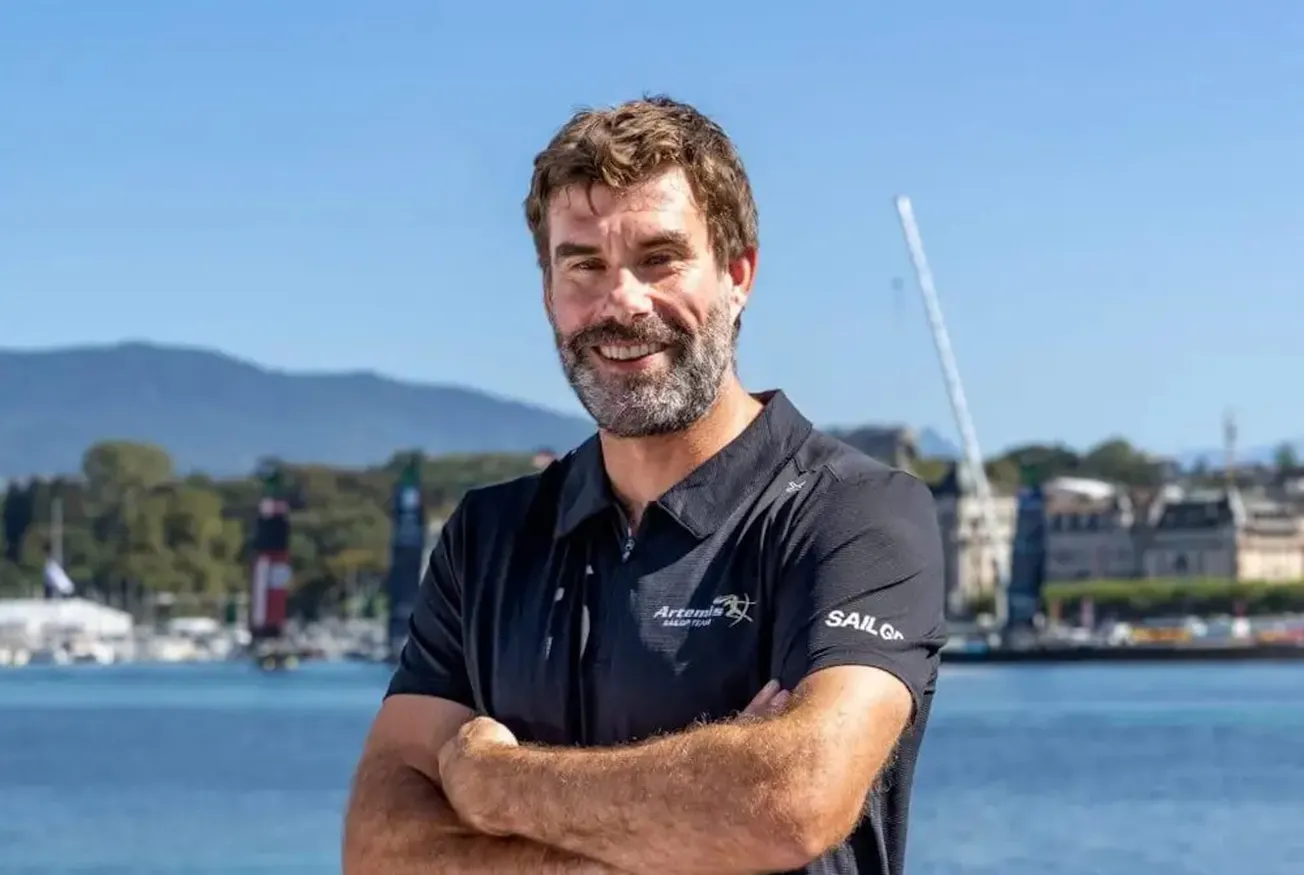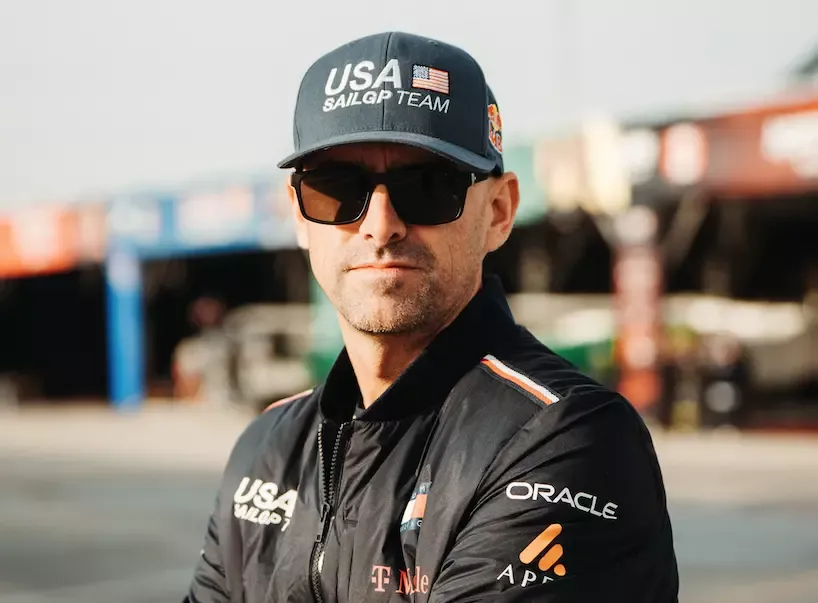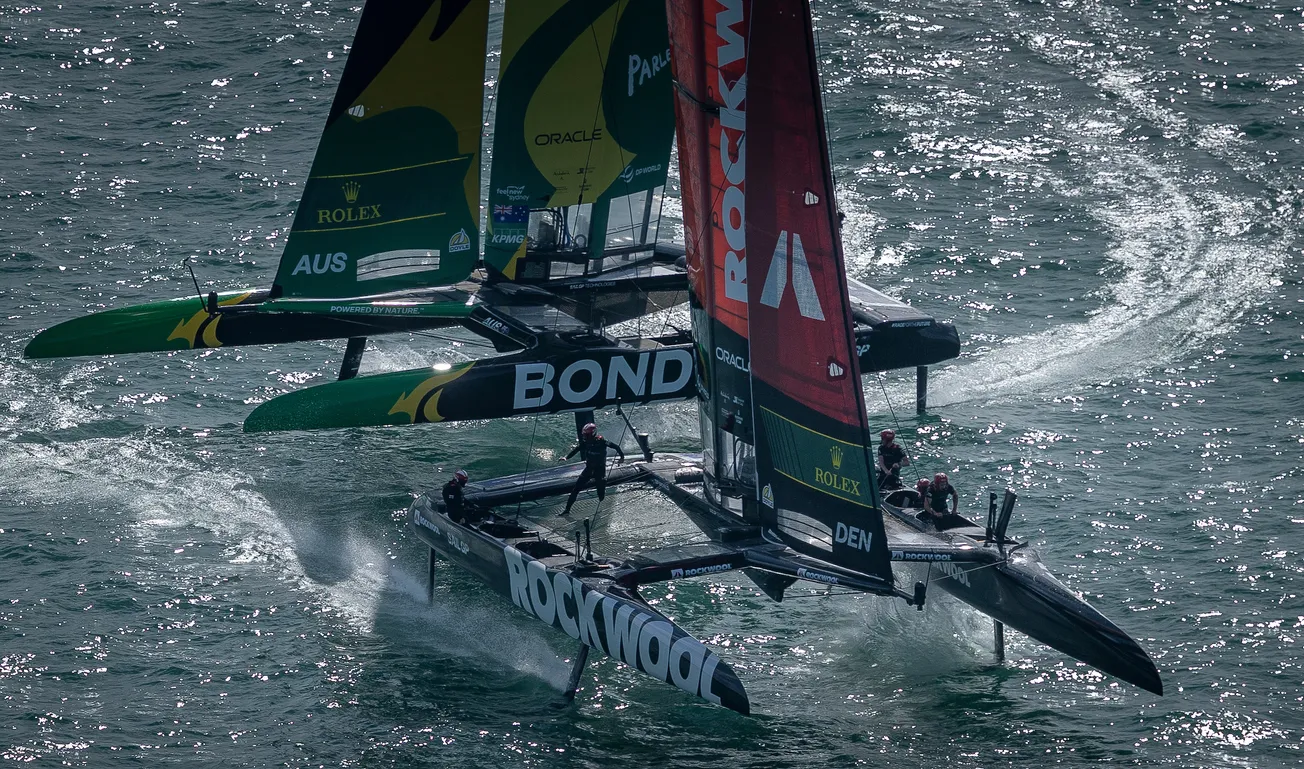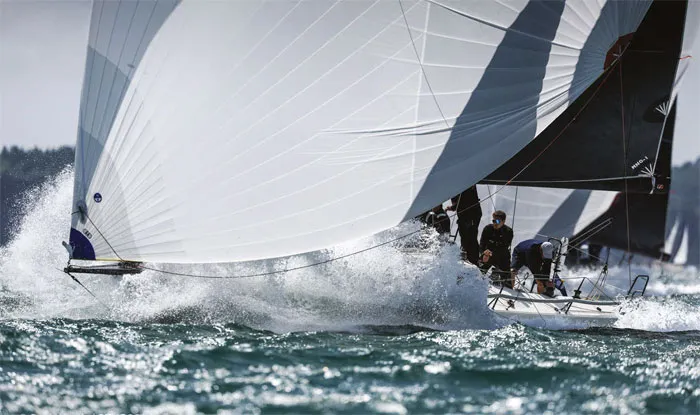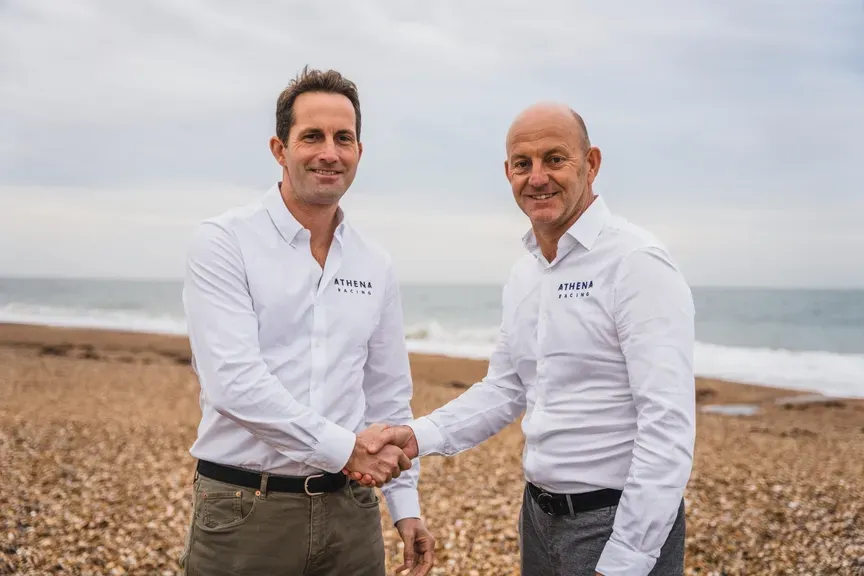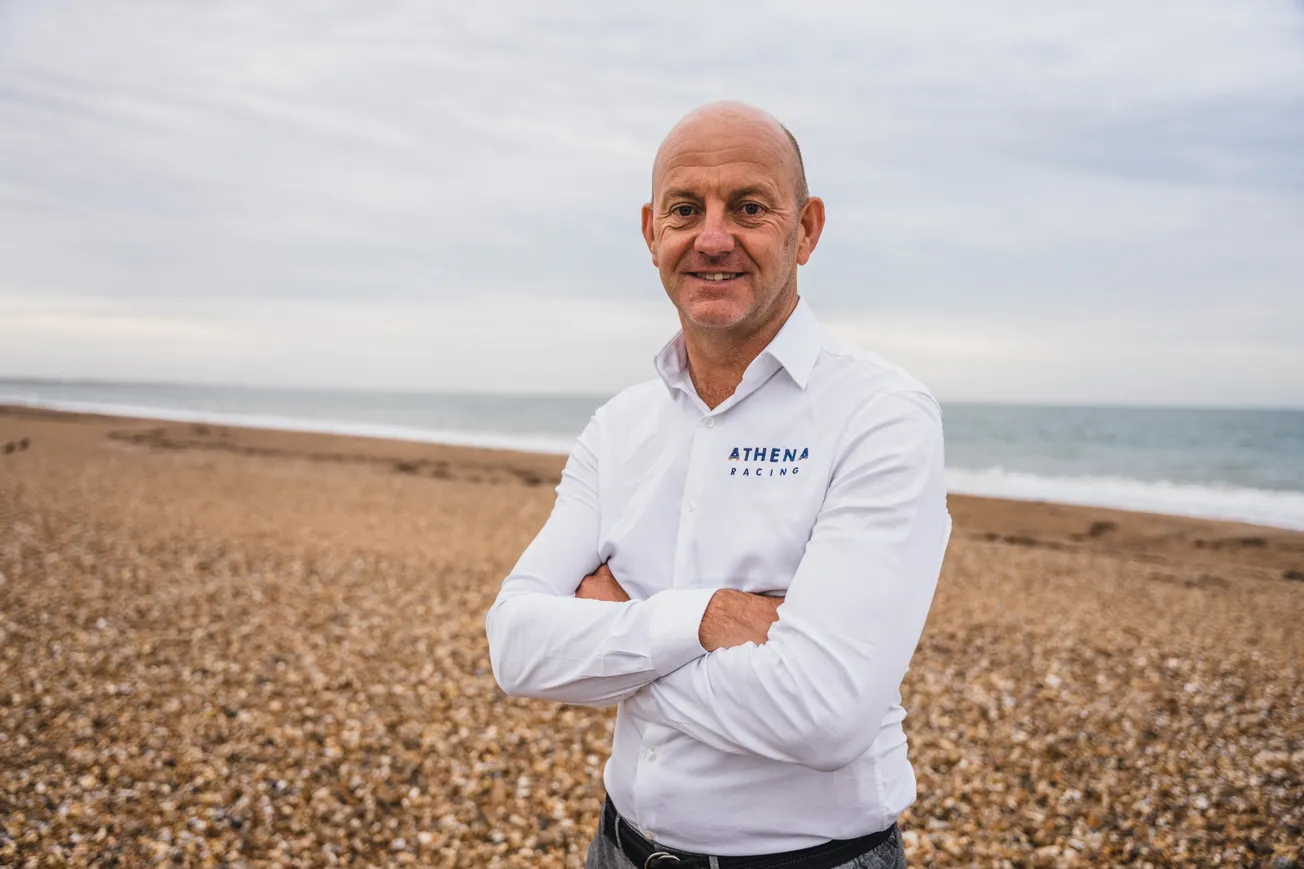

The America’s Cup is back in the headlines with the long-awaited publication of the Protocol for the 38th edition. After months of uncertainty and whispered negotiations between Defender Emirates Team New Zealand and Challenger of Record Athena Racing, we finally have a blueprint for the future of sailing’s most storied competition.
Powered by RedCircle
The End of Boom and Bust
For decades the America’s Cup has lurched from feverish activity during each cycle to barren stretches of silence afterwards. The new Protocol aims to change that by establishing the America’s Cup Partnership (ACP) — a centralised governing body run by representatives from all competing teams and headed by an independent leader.
That single shift could be transformational. The ACP will control the commercial side of the event, oversee communications, and crucially, introduce continuity by locking the Cup into a regular two-year cycle with predetermined venues.
“I think continuity was the key word Grant Dalton kept coming back to,” Andy Rice noted. “That predictability is a huge positive for teams, sponsors, and fans. But at the same time, it strips away the mystique that the Cup winner gets to call the shots — and that’s a massive cultural change.”
Dave Reed was cautiously optimistic but raised the perennial question of transparency: “The Cup has never been good at openness. If the ACP is serious about being cohesive and outward-facing, we’ll need more than just glossy press releases. Fans need regular insight to stay connected between regattas.”
Dalton Gives Ground
One of the big talking points was how much power Grant Dalton and Emirates Team New Zealand have ceded. By handing over control of America’s Cup Events to the ACP, Dalton loses a role he previously held tightly.
“Somebody must have told Dalton he had to give more than he was giving,” Andy observed. “This is a big concession from a defender that has traditionally wielded enormous control.”
That said, Dalton may not be entirely unhappy. As I suggested on the show, running both a Cup team and the event itself was a huge workload — perhaps the Kiwi boss is glad to offload the organisational side while focusing on defending the trophy.
Goodbye Cyclors, Hello Batteries
Another major change is the end of the cyclors. The human-powered pedal systems that defined the AC75s are out; batteries will now supply hydraulic power. For some, it’s progress. For others, a loss.
“I loved the athletes themselves,” I said, recalling interviews with cyclors during the last cycle, “but I never felt the system added much to the spectacle. Batteries make sense — though I’m not sure why we’re trying to mimic the exact output of the cyclors.”
Andy argued the loss of visible human effort makes the racing feel sterile: “Once you’ve got used to the speed, it’s not that visually exciting. Sailing at the top end is going too far towards automation at the expense of athleticism.”
Dave agreed the shift feels like a step backwards: “The cyclors added heart and personality. With batteries, it’s cheaper and simpler — but maybe less compelling.”
A Cost-Capped Cup
The new Protocol introduces a €75 million cost cap and mandates that teams must use their existing AC75s rather than build new boats. A pragmatic move given the compressed timeline to 2027, but one that raises plenty of questions.
“How do you police that cap?” Andy asked. “It’s a noble aim, but history shows cost-cutting in the America’s Cup is easier said than done.”
Dave pointed out that with development restricted to foils, sails, and internal mechatronics, success will likely hinge on marginal gains. “It’s all about efficiency in the hidden systems,” he said. “That’s the secret sauce no one outside the design offices gets to see.”
A Step Forward for Gender Equity
The Protocol mandates at least one female sailor on the five-person AC75 crew. For me, this echoes the positive impact of the gender rule in the Volvo Ocean Race. “It made the racing more interesting, the teams more dynamic, and the storytelling richer,” I said.
Andy agreed, noting both the moral and commercial benefits: “It opens the Cup to half the world’s population. If they hadn’t mandated it, women wouldn’t have been hired. But why stop at one? Why not two?”
Dave echoed that concern: “One feels like tokenism. But it’s a start, and the opportunity is huge — we could see women helming, trimming, or flying these boats.”
The SailGP Factor
No discussion of the Cup in 2025 can ignore SailGP. Its regular events, star athletes, and slick commercial model have forced the Cup to modernise.
"Think of SailGP as the Premier League and the America’s Cup as the World Cup,” Andy suggested, citing Ben Ainslie’s analogy. “If the same stars appear in both, they’ll complement each other rather than compete.”
Dave noted the US market remains a challenge for both competitions. “American Magic hasn’t captured hearts at home yet, and SailGP’s US team hasn’t built a huge following either. Transparency and connection with fans are missing on both sides.”
The Pete Burling Question
Perhaps the biggest personnel shock is Pete Burling’s move to Luna Rossa Prada Pirelli. Dalton wanted him full-time on the Cup, Burling chose SailGP, and under the new rules he is free to sail for Italy.
“Surely losing Burling is one of Dalton’s biggest concessions,” Andy said. “Luna Rossa were already serious contenders — with Burling’s knowledge they could finally get over the line.”
Ernesto Bertarelli’s Alinghi Red Bull Racing may also be poised to strengthen, now able to recruit international stars rather than rely solely on Swiss sailors.
Looking Ahead
As ever, the America’s Cup remains a blend of progress, compromise, and intrigue. The ACP promises continuity, but questions remain about transparency, costs, and the balance between sporting purity and commercial viability.
For now, we can be encouraged that the Cup is on track for Naples 2027, with fleet racing, a gender mandate, and a leaner budget — and we’ll be watching closely to see which teams line up on the start.


